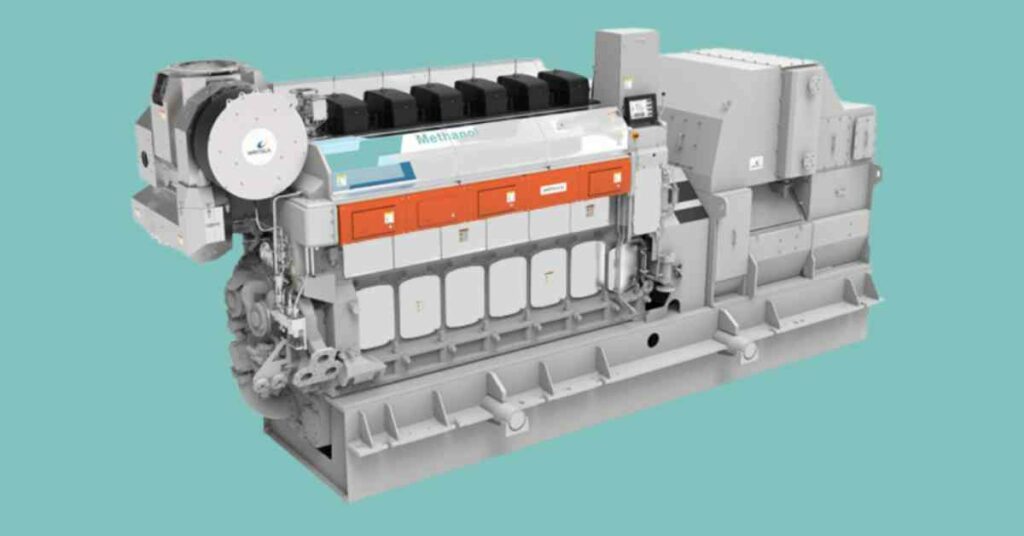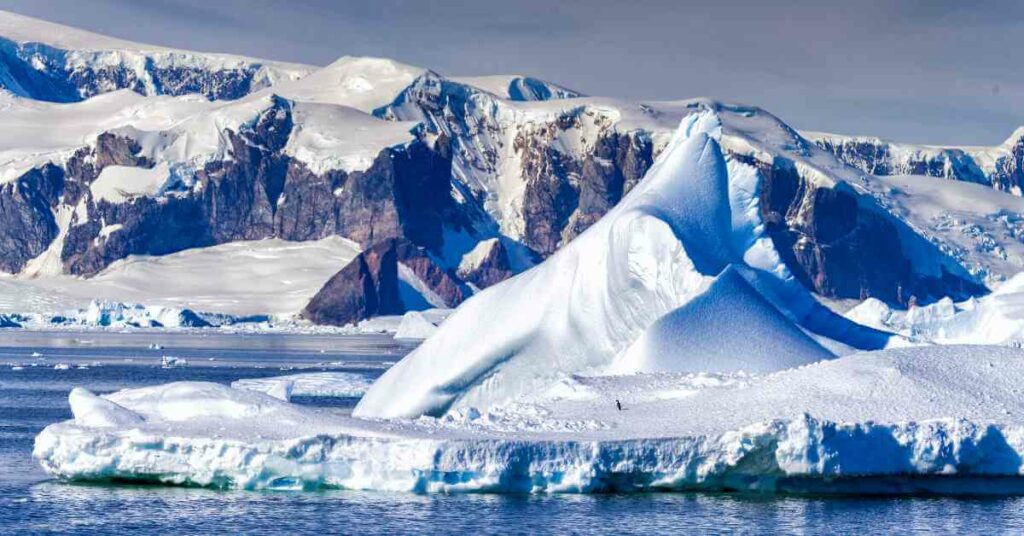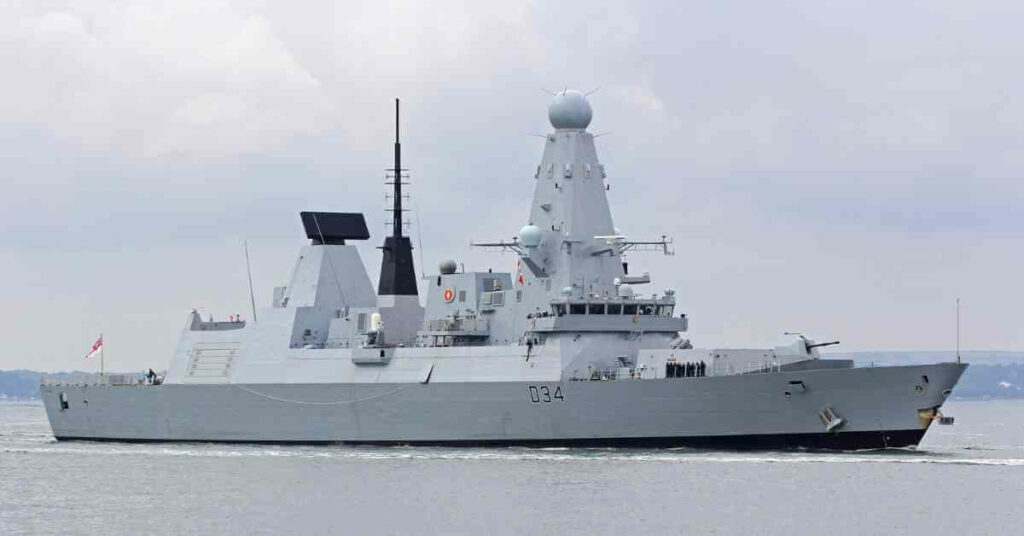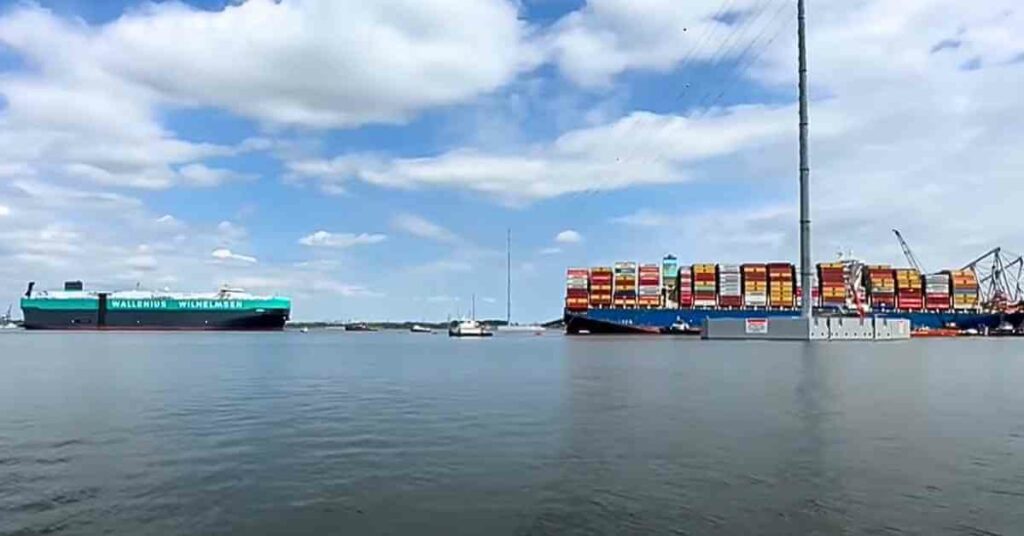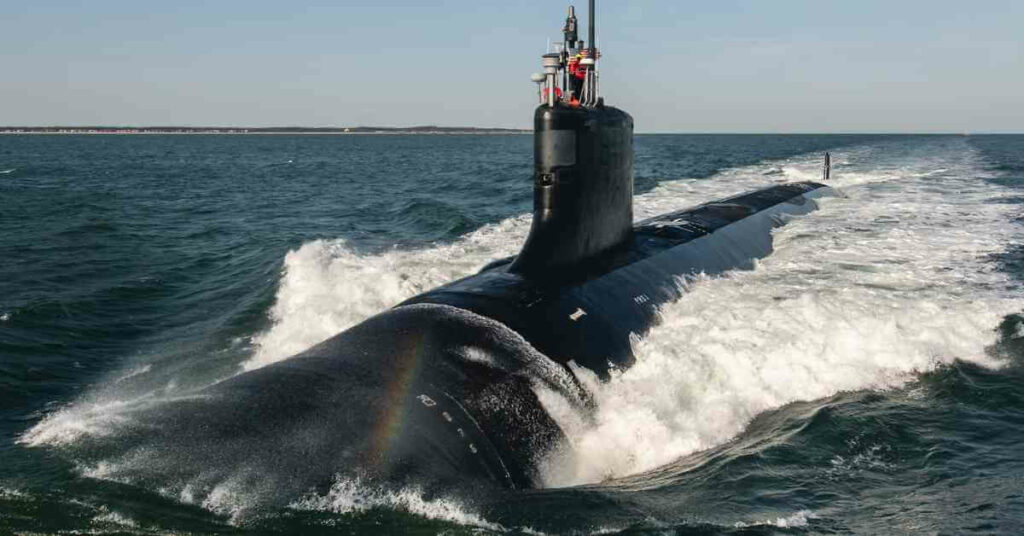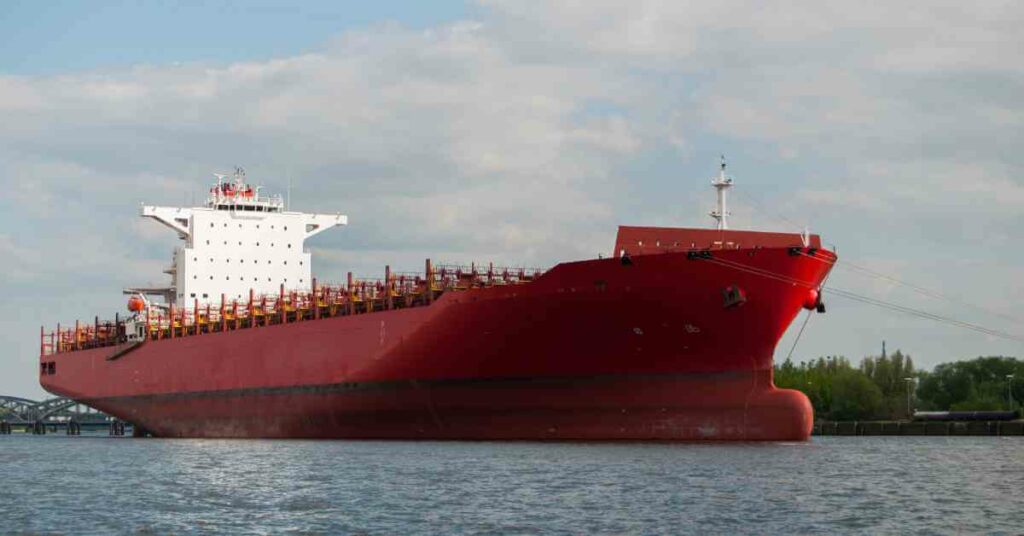Marine Safety Technology Tracks Spawning Coral Slicks
Marine science and safety shared a birds-eye view of a natural phenomenon on the Great Barrier Reef when Australia’s two leading marine agencies joined forces to track ocean currents.
The Australian Maritime Safety Authority (AMSA) and oceanographers from the Australian Institute of Marine Science (AIMS) tracked coral spawn slicks on the Great Barrier Reef, which rode the currents of the East Australian Current in late November.
The Cairns-based AMSA Challenger jet aircraft was used to deploy self-locating datum marker buoys (SLDMBs) with satellite tracking technology, into the sea near Darley Reef off Townsville and Hope Reef off Bowen, to help track the movement of coral spawn slicks.
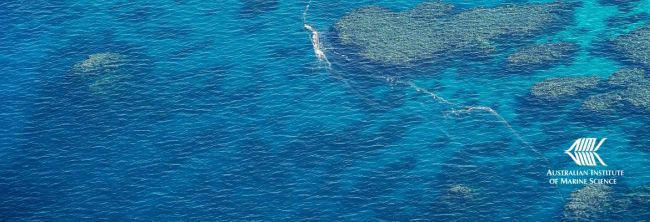
AMSA Principal Advisor Aviation Assets Mike Wytcherley said they took the opportunity to combine the tracking buoy drop with marine research during a recent audit flight.
“SLDMBs are typically used by the Safety Authority to calculate surface drift and validate search areas in search and rescue operations,” he said.
“The real-time GPS feeds from the buoys give us vital information and are an effective tool in determining where we start searching for people and vessels missing at sea.”
“They are also proving to be great environmental tool as well. Whenever we deploy the buoys we share our info with the CSIRO to assist with validating their oceanographic models. And now we have been able to help AIMS protect and understand our marine environment by tracking the coral slicks.”
AIMS Oceanographer Craig Steinberg said the real-time information from the buoys revealed that the slicks had floated 52 km in five days.
Mr Steinberg said the on-water observations found small slicks could form and move quickly across the reef, or dissipate if the wind was strong enough to create whitecaps.
“We want to better understand the connectivity of reefs so we know how they can be protected,” Mr Steinberg said.
“To do this we can observe surface currents using these satellite buoys in order to gather this information, which is quite rare.”
Mr Steinberg said coral slicks contained high levels of lipids such as wax esters, and may also behave in ways similar to what an oil spill would while travelling on the tides and currents.
“The spawn slicks provide a good proxy for an oil spill for the first 1-2 days after spawning.”
“Modelling these coral slick movements through the currents, gives us an idea of how to treat potential future oil-spill risks,” he said.
While AMSA undertook the deployment from the air, AIMS marine biologist Dr Andrew Heyward was on the water watching close-up to see how the spawn slicks behaved.
Dr Heyward said most coral species released buoyant egg and sperm bundles after dark, in the spectacular annual spawning event that typically occurs 4-6 nights in November, after the full moon.
“As the larvae begin to drop down into the water column from day three or four onwards, they also develop more complex sensory capability, so when the currents bring them close to reefs they will find somewhere to settle and develop as the new generation of corals,” Dr Heyward said.
These slicks are also a potential asset for researchers seeking to produce new, more heat tolerant corals in aid of reef restoration efforts.
Dr Heyward said floating spawn slicks could contain several million coral larvae per square metre.
Reference: amsa.gov.au
Disclaimer :
The information contained in this website is for general information purposes only. While we endeavour to keep the information up to date and correct, we make no representations or warranties of any kind, express or implied, about the completeness, accuracy, reliability, suitability or availability with respect to the website or the information, products, services, or related graphics contained on the website for any purpose. Any reliance you place on such information is therefore strictly at your own risk.
In no event will we be liable for any loss or damage including without limitation, indirect or consequential loss or damage, or any loss or damage whatsoever arising from loss of data or profits arising out of, or in connection with, the use of this website.
Disclaimer :
The information contained in this website is for general information purposes only. While we endeavour to keep the information up to date and correct, we make no representations or warranties of any kind, express or implied, about the completeness, accuracy, reliability, suitability or availability with respect to the website or the information, products, services, or related graphics contained on the website for any purpose. Any reliance you place on such information is therefore strictly at your own risk.
In no event will we be liable for any loss or damage including without limitation, indirect or consequential loss or damage, or any loss or damage whatsoever arising from loss of data or profits arising out of, or in connection with, the use of this website.
Do you have info to share with us ? Suggest a correction
About Author
Marine Insight News Network is a premier source for up-to-date, comprehensive, and insightful coverage of the maritime industry. Dedicated to offering the latest news, trends, and analyses in shipping, marine technology, regulations, and global maritime affairs, Marine Insight News Network prides itself on delivering accurate, engaging, and relevant information.

About Author
Marine Insight News Network is a premier source for up-to-date, comprehensive, and insightful coverage of the maritime industry. Dedicated to offering the latest news, trends, and analyses in shipping, marine technology, regulations, and global maritime affairs, Marine Insight News Network prides itself on delivering accurate, engaging, and relevant information.
Latest Shipping News Articles You Would Like:
Subscribe To Our Newsletters
By subscribing, you agree to our Privacy Policy and may receive occasional deal communications; you can unsubscribe anytime.




